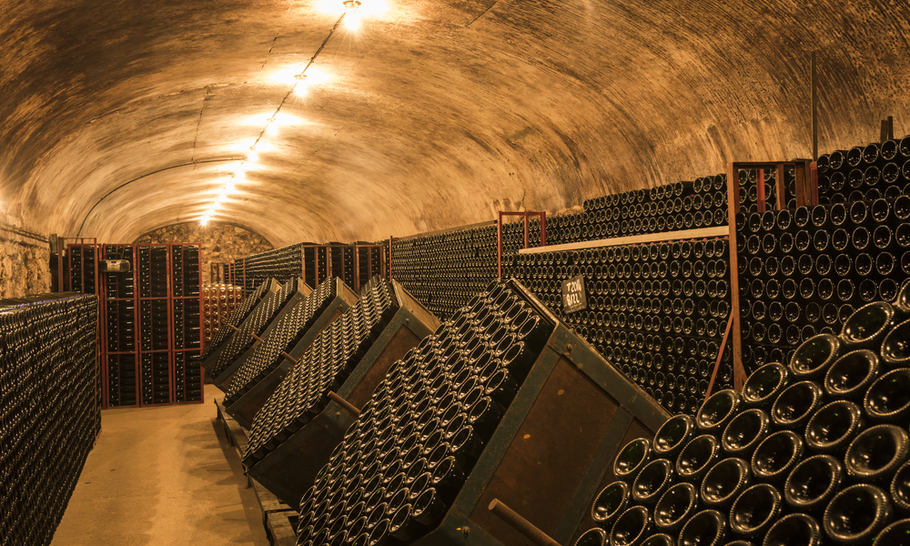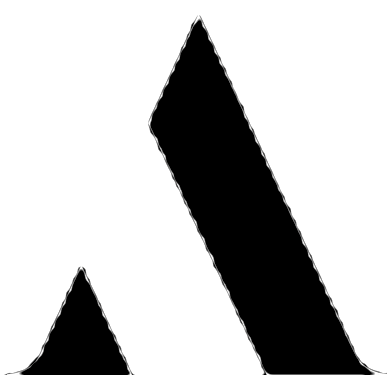Life regains its sparkle

I miss France. After a hundred days never wandering more than a mile or more from these old bricks I even miss Champagne. I am supposed to be taking a party there in September, and I live in dread the trip will be cancelled.
On the face of it Champagne is not the most beautiful region in France. The towns and villages were pulverised by the German artillery in the First World War. If the region has a cultural legacy now it is art deco. Although a lot of this has been demolished since the sixties there are still some proper gems in Rheims and Epernay. Of course if you go south to the Aube you will find unspoiled Champagne in Troyes with its half-timbered buildings, or Bar-le-Duc, or the walled city of Langres.
Over the years, however, I have grown to love the landscape. Rheims is built on its “mountain” 135 metres above the River Marne and you feel the height as you drive south towards Epernay. From the east, the twin towers of the cathedral are visible for miles around. You can see why the French Army kept an observation post there, and you will also understand why the Germans shelled it with ruthless determination.
The wine-making villages of the “Montagne” are dotted around the perimeter of the forest: all those evocative names like Dizy, Bouzy, Verzy, Ludes, Ay, Villers-Marmery and Verzenay. The Marne snakes its way from east to west along the bottom, and across the river is the Côte des Blancs with its rather prettier villages arranged north to south on the crests of the hills.
What these areas have in common is chalky soils, but the black and green grapes they grow are different, meaning that the balanced approach requires material to be brought in from all three areas and possibly more outlying districts like the Côte de Sézanne or the Aube, which is now acknowledged to produce some of the best Chardonnay in Champagne.
The most famous Chardonnay villages are on the Côte des Blancs, which get the morning sun (some are so-called “sundials” and bathe in sunlight all day long). These are the grands and premiers crus. The equivalents for black grapes are the Pinot Noir villages on the Montagne. The second black grape is Meunier, which is unfairly maligned.
For 300 years most champagne of export quality has been both a blend and a brand: bottles were sent out bearing the name of the producer, and the buyer got used to one, if not another and developed a loyalty towards a label. Those top producers became the “grandes marques” the top brands that we all know, and to some extent love: Moët & Chandon, Pommery & Greno, Pol Roger, Heidsieck, Perrier Jouët, Krug and Mumm, to name but a few. They own vineyards (but never enough) and buy grapes. Their wines range from reliable to the best money can buy. Krug Clos d’Ambonnay or Clos du Mesnil, Roederer Cristal, Pol Roger Winston Churchill or Dom Pérignon are all in the “super premium” bracket. A single bottle of those single vineyard Krugs would set you back more than £2,000 for the first or £650 for the second.
An ordinary non-vintage grande marque champagne costs far less. Louis Roederer Brut Premier, for example, is generally about £35. It is a blend of 40 per cent Pinot Noir, 40 per cent Chardonnay and 20 per cent Meunier culled from forty or so sites across the region. It is the classic triumph of man over nature, in that a blender has sought to balance the ingredients and produce that elegance that is the hallmark of good champagne. It has the tiniest, most persistent bubbles and a slightly higher Chardonnay count than most, which gives it the aroma of lemon zest. Add to this some apple-sweetness and an endearing touch of honey and I can’t see it disappointing anyone.
Its counterpart is a small village house, anchored in a cru like Gardet Brut Tradition. Since 2007, Gardet (formerly Georges Gardet), has been owned by the Prieux family based in Chigny-les-Roses just south-east of Rheims on the Montagne. Its vineyards are essentially local: Chigny, Ludes and Rilly-la-Montagne — although they need to buy in grapes from elsewhere. This is a black grape champagne, with 45 per cent each of Pinot Noir and Meunier topped up with Chardonnay. A tenner cheaper than the Roederer, it is still very impressively made. It has a tiny bead (a good sign) plus a bouquet of almonds, vanilla and lemon and above all a wonderful structure that has the wine poking merrily around your palate.
Nicholas Feuillatte is another sort of commercial structure: a large co-operative owned by its members and based in Chouilly on the Côte des Blancs. Its champagnes are reliable, and above all good value for money. The Blanc de Blancs vintage 2014 is a step up from the non-vintage cuvees we have looked at so far. Vintage champagnes are naturally more expensive. It is also pure Chardonnay, which means a different flavour profile to those made chiefly from black grapes. They also tend to age more slowly, so it is worth looking out for older vintages. Of all the Champagne grapes, Meunier ages the fastest.
The Feuillatte 2014 was no disappointment either: the bead was vigorous, and there was a nice, nutty smell with plenty of butter, which is a typical aroma for a blanc de blancs, along with bread, cake and biscuits. There was a little bit more sweetness here: champagne houses top up most of their “brut” wines with a little cane sugar to round them off before they are sent out into world. The amount added varies from house to house.
There is another co-operative at Le Mesnil on the Côte des Blancs, which unsurprisingly also specialises in the Chardonnay champagnes from the grand cru Le Mesnil-sur-Oger. The Le Mesnil 2012 was certainly the star of my little tasting. The wine was pale gold, with the finest bead, was buttery, creamy, but with added notes of hazelnuts and peaches. This is still a baby and will keep giving and giving for many years to come.





